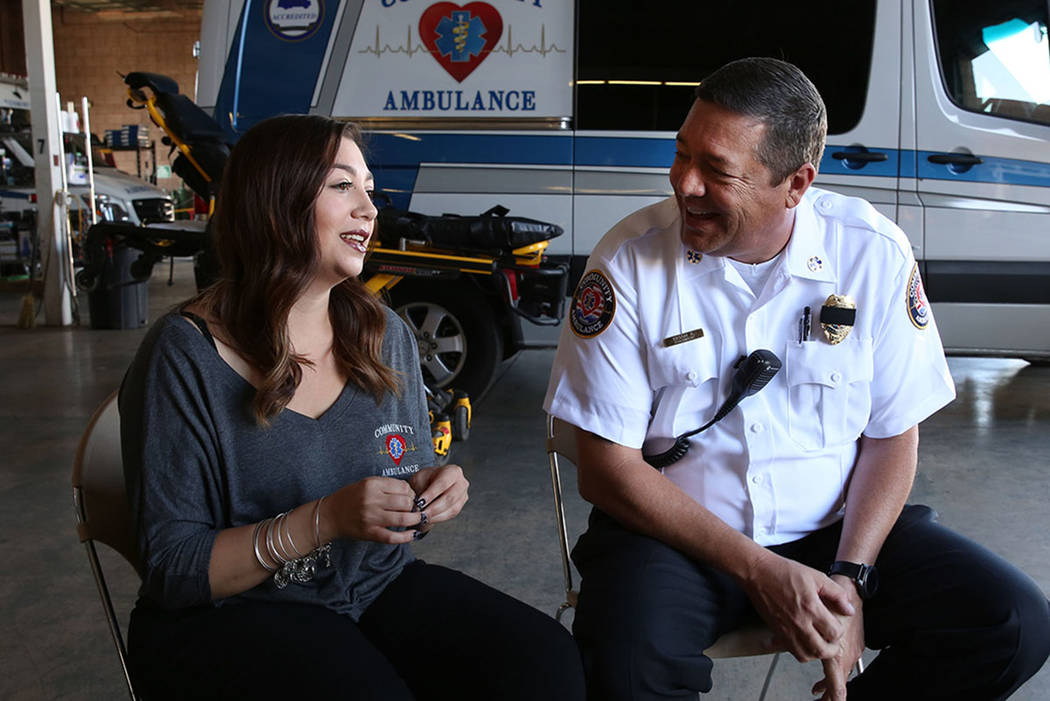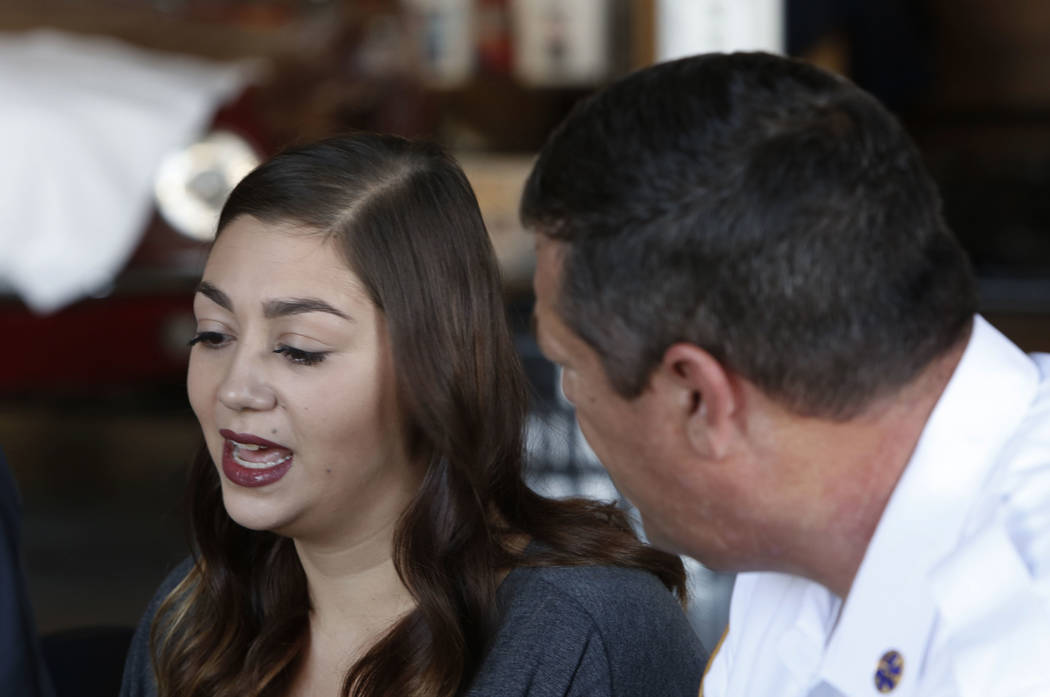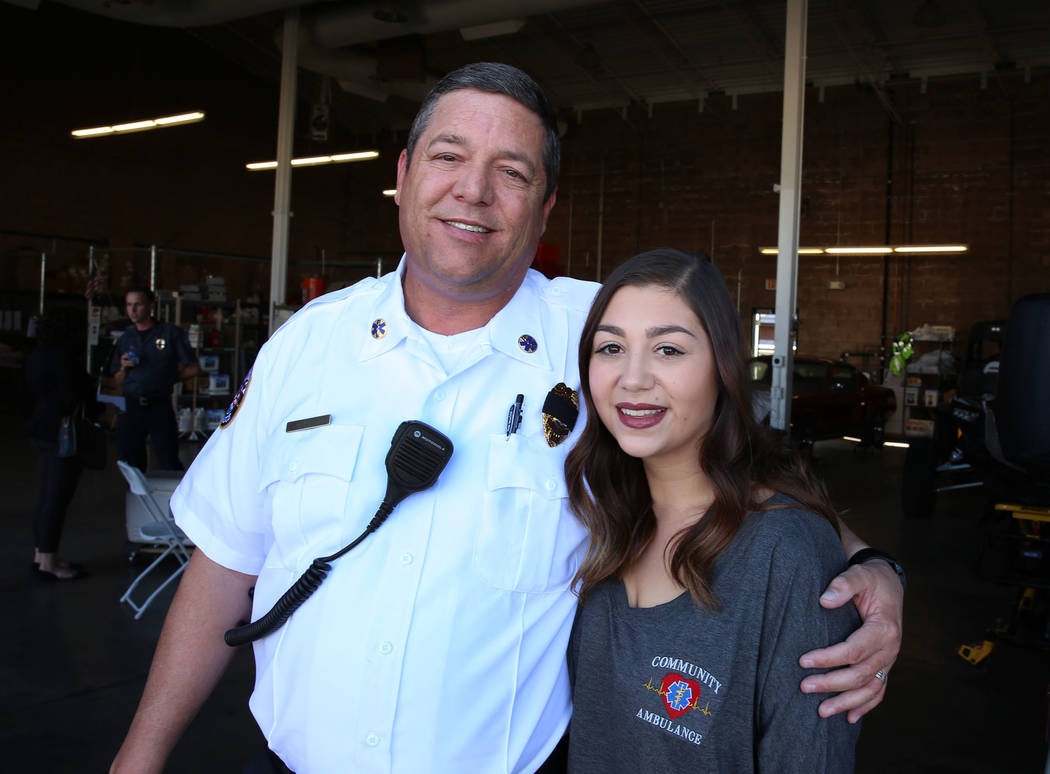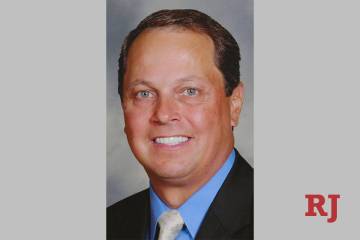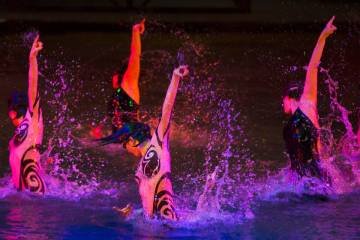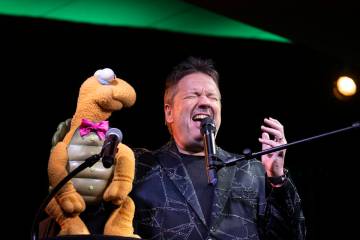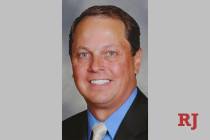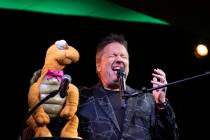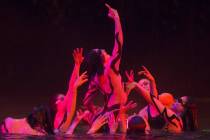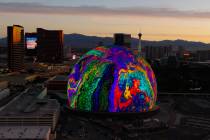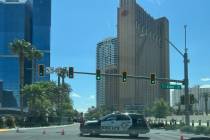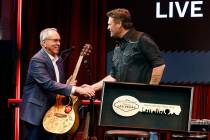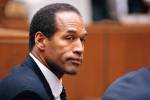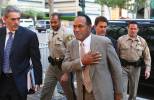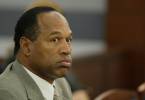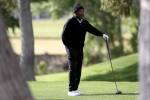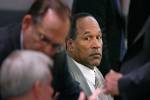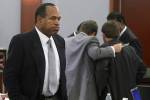First Route 91 emergency responders recount triage
Glen Simpson stood outside Mandalay Bay on Wednesday. It was his first time back since the shooting.
It felt eerie, he said. He was surprised to see that the 32nd-floor window where 64-year-old Stephen Paddock fired an automatic-style rifle into a crowd of 22,000 concertgoers Sunday, killing 58 people and wounding 489 others, wasn’t even boarded up.
Before that window was obliterated, the night hadn’t been particularly eventful for Simpson, an emergency medical responder for Community Ambulance, the private company hired to provide medical services at the event.
He was one of the first to respond to the shooting Sunday.
“I got a radio call to go over to Gate 2A, specifically,” Simpson said. Just two or three songs into Jason Aldean’s performance at the Route 91 Harvest festival, Simpson was asked to assist an attendee who had had too much to drink into a cab.
Then, a crackling noise.
“It sounded like power lines that were just hitting each other.” He looked around. The noise came again, more intense this time.
“It was longer, a little bit louder.” The five Metropolitan Police Department officers walking alongside Simpson drew their weapons.
And he ducked.
“I just thought to myself, ‘What is this? Is this happening?’” Simpson recalled during an interview Wednesday. “‘Is this the real thing?’”
He hid behind a short wall but quickly realized he needed to get back inside, despite ongoing gunfire. He dove under a bar, landing atop hiding bartenders, and flipped on his radio to call for backup.
‘Daddy, they’re shooting at me’
Around that time, Brian Rogers’ cellphone went off. It was his daughter, 22-year-old Kaitlyn, who left her shift helping out at the ambulance’s medic tent to enjoy a bit of the country music.
“I expected she was calling to say good night,” said Rogers, a paramedic who co-owns Community Ambulance. He was already in bed. “And she said, ‘Daddy, they’re shooting at me.’”
At first, it didn’t register. “That’s a big statement to make for somebody to get when they’re half asleep, so I don’t know that I reacted.”
He jumped out of bed, threw on a pair of cargo shorts and a T-shirt and radioed his team. He sped toward the carnage.
By the time he got there, “it was casualties all over.”
Throughout the 10 minutes of gunfire, Simspon never once saw a bullet’s origin.
“I could just hear it, and it echoed,” he said. He heard bullets hitting objects. He heard them bouncing off the ground.
“I’d even say you could hear it hitting people, just listening to the way people were moaning and screaming and crying.”
What he saw once he reached the injured was, for him, unprecedented. A woman chatting with medics despite a gunshot wound to the forehead. A young man shot in the chest whose skin color changed from a fleshy pink to blue.
Pools of blood. Blood staining the sidewalks. The sheer amount of blood.
He wrapped tourniquets and administered intravenous fluids. He had to turn down friends and family pleading for him to administer CPR — it takes too long, and emergency responders have to use their time efficiently to save as many as possible.
Processing the images
A feeling of helplessness washed over Rogers as he sped to the scene Sunday evening. He didn’t know if his 22 employees — 16 working and six off duty, including his youngest daughter — were still alive.
“When I first arrived, there were people lying in the street, deceased,” Rogers said. “There were people running out of the venue covered in blood, and it was very hard to tell which ones were the patients versus which ones were the people helping them. It was chaotic.”
Meanwhile, Kaitlyn was hiding in the medic tent, spiking IV bags as the space filled with injured concertgoers.
“We didn’t know what was going on, really, outside of that tent,” she said. “Just to have people that could look at me and say ‘We’re OK,’ and me to kind of return, that was just something that could kind of keep us going and keep our focus on a patient and not us.”
Simpson, in the field, called his mom and dad. Waking them from sleep, he said, “I love you” and hung up.
In 33 years on the job, Rogers had never seen anything like it. He’s still processing the images seared into his memory, images Kaitlyn said she wishes her dad and best friend didn’t have to witness.
“I’m going through a lot of the different emotions that you go through. I was, and I still am, very angry … I don’t know how something so evil could happen to so many people,” Rogers said. “I’m just trying to understand how and why, and I may never know.”
“That’s the hardest part, never knowing, right?”
Police thank medics
After witnessing mass murder, Simpson and Rogers said they’ve never been more proud to be first responders than today.
“Today, we had the opportunity to meet the president, along with a lot of the officers that were there (at the Route 91 festival),” Simpson said in reference to President Donald Trump’s visit to the Metropolitan Police Department headquarters Wednesday.
“There was something about being able to see those officers, being able to hug them,” he said. “Metro is a large force … but there are some faces I’ll never forget. They’ve come back and said, ‘I don’t know how you guys did it with just polos and cargo pants on,’ but I did it knowing that they were by our side the entire time.”
Contact Jessie Bekker at jbekker@reviewjournal.com or 702-380-4563. Follow @jessiebekks on Twitter.



